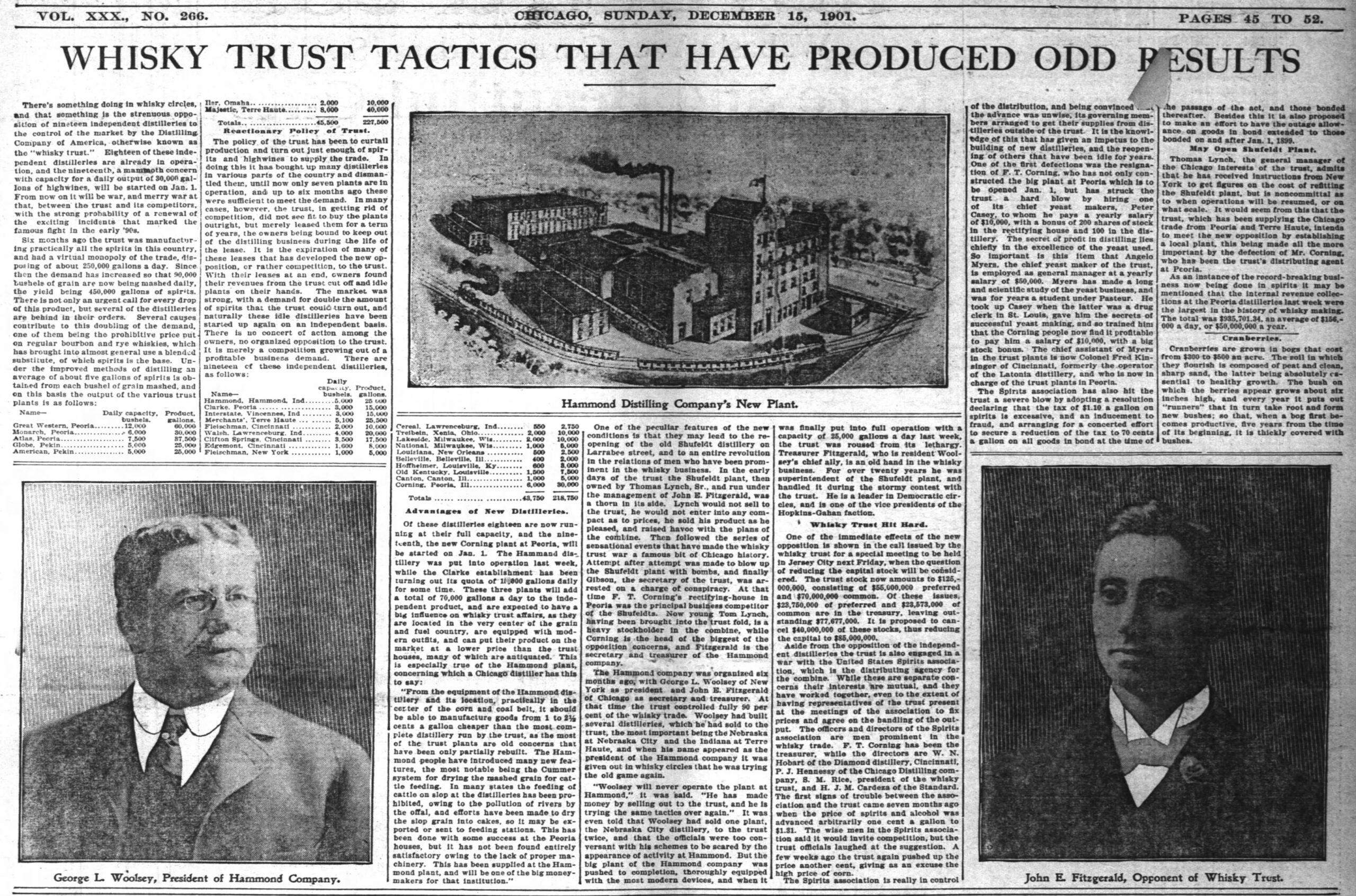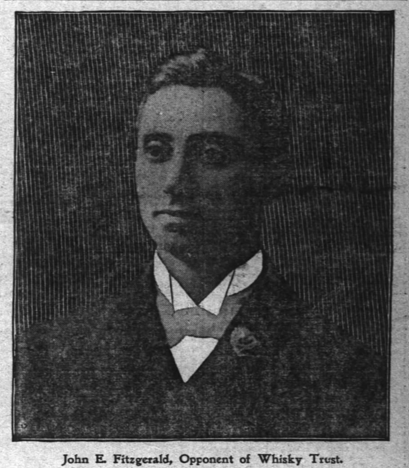Who was JOHN E. FITZGERALD- the namesake for Old Fitzgerald Whiskey? SPOILER ALERT! He couldn’t be the guy we’ve been told he was!
I’ve never understood why a successful businessman like S.C. Herbst, the founder of the “Jno. E. Fitzgerald” brand and owner of the famous Old Judge Distillery would ever choose to name his brand after a thieving gauger. The honorary naming of a whiskey after a criminal never sat right with me- not to mention that any research into a gauger named John E. Fitzgerald comes up short and presents skewed timelines. The distillery tour explanation for the brand always sounded like a convenient explanation without much basis in truth. Nothing new in the whiskey industry, of course, but there had to be more to the story. I’m not the first person to question the myth cooked up to sell Stitzel Weller’s version of “Old Fitzgerald”, but I believe the info I’ve found might have revealed our guy.
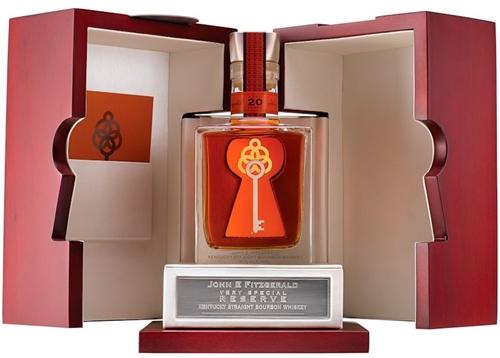
So how far back can we we trace the origins of the John E. Fitzgerald brand? While the brand logo listed in “Midas National Register of Trade-Marks- Spiritous and Malt Liquors and Wines- combined Volumes 1 and 2” is often used as proof that the brand had been “used since 1870”, this is unlikely.
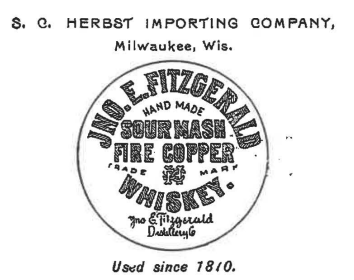
S.C. Herbst had likely been in business since 1870, but his use of the brand name was probably not until the 1890s. Mida’s Registry (combined volumes 1 & 2) was not published until 1898. It was a trade publication, not a legally binding directory published by any governing body. The trade largely self-regulated. Mida’s publications throughout the late 1800s helped the industry navigate efforts to prove their sole ownership and legal rights to brands. S.C. Herbst was likely covering his bases by connecting the brand solely to his liquor importing company. Knowing this, we can look at when the brand was advertised for sale and who it may have been named after.
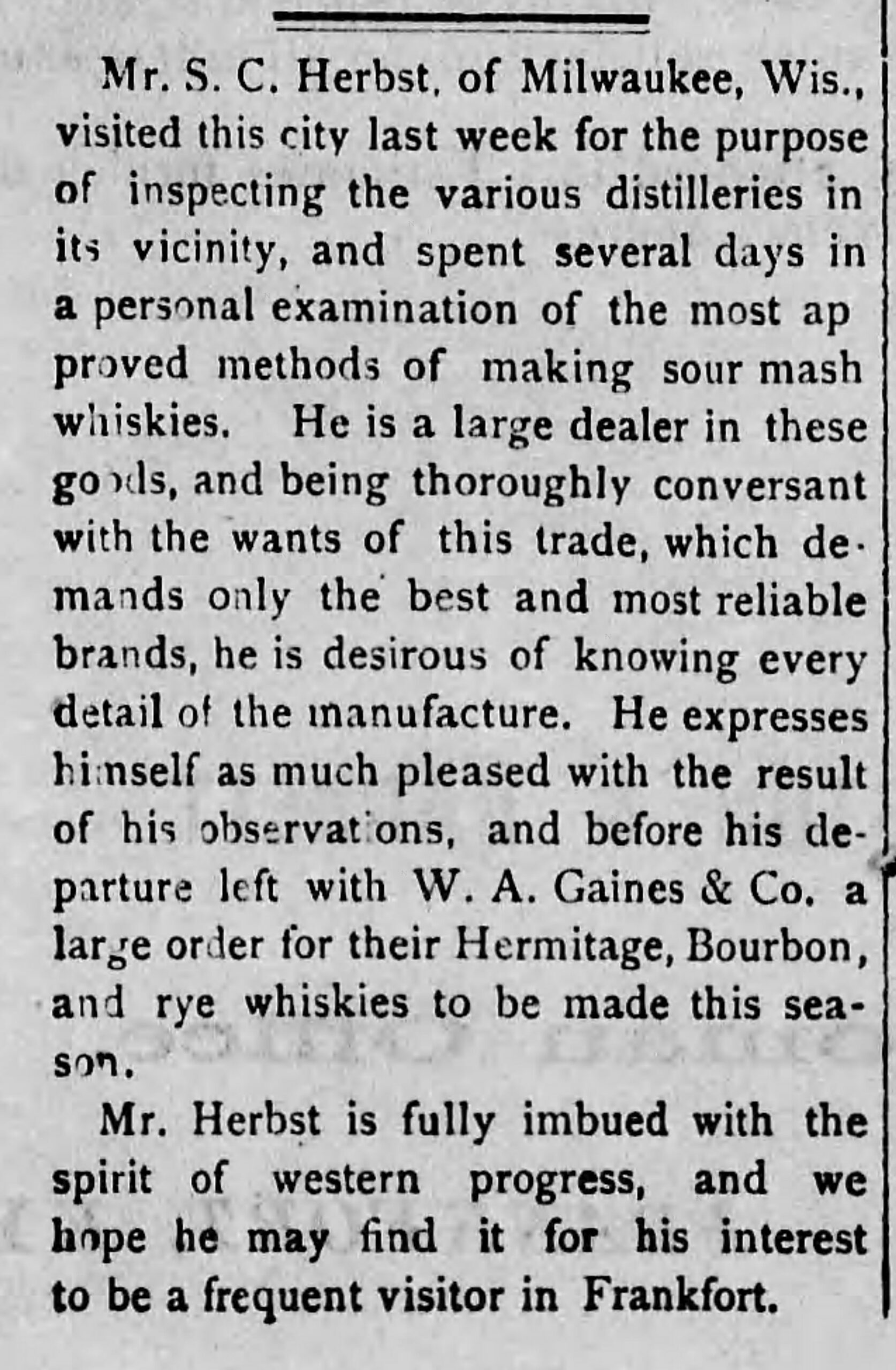
Solomon Charles Herbst was a liquor dealer based in Milwaukee, Wisconsin who bought most of his whiskey stocks from Kentucky distilleries. (See article published in 1879.) His decision to buy the Old Judge Distillery in Frankfort, Kentucky around the turn of the 20th century coincided with the formation of the Kentucky Distilleries and Warehouse Company, a subsidiary of the American Spirits Manufacturing Company, aka the Whiskey Trust. Liquor men all over the country were investing in their own facilities for the first time in the early 1890s to avoid being reliant upon whiskey stocks owned and controlled by the Trust. The Old Judge Distillery was very likely one of these locations. (The plant changed hands several times during the 1890s, but that would follow the logic that it was an important facility for liquor dealers all looking to circumvent the Whiskey Trust.) Through his purchase of the Old Judge Distillery around 1900, S.C. Herbst would finally have access to his own product from his own distillery. For decades, he had been sourcing his whiskeys from multiple distilleries (which was the norm for any liquor dealer before Prohibition), many of which had come under the control of the Whiskey Trust during the 1890s. It is likely that one of the distilleries that Herbst purchased from was the Shufeldt Distillery in Peoria, Illinois. If the name of that distillery sounds familiar, that’s because it was famously bombed by the Whiskey Trust in 1891 for its independence and refusal to sell out to the Trust. The name of the superintendent at the Shufeldt Distillery was…(drum roll)…John E. Fitzgerald.
Fitzgerald had been superintendent of the Shufeldt Distillery at the time it was bombed by the Whiskey Trust in 1891. Reports of the bombing and the court trial that followed were splashed across American newspapers, so it makes sense that the plant’s superintendent would become a kind of hero within the industry. John E. Fitzgerald, who remained anti-Trust long after the Shufeldt Distillery buckled and sold out to the Trust, would go on to partner with George L. Woolsey and become treasurer and superintendent for the Hammond Distillery in Indiana. While S.C. Herbst likely named his brand after the distiller that made the whiskey he bottled, it would be savvy on his part to connect his brand to an anti-Trust distiller- especially one that spoke out against monopolization and price gouging. Fitzgerald and Herbst were both from New York and both did business in Chicago. They would certainly have crossed paths. The brand “John E. Fitzgerald” would include “Old Fitzgerald” (both as a rye and a bourbon) to showcase some of Herbst’s older whiskey stocks. The brands were widely advertised after Herbst bought the Old Judge Distillery.
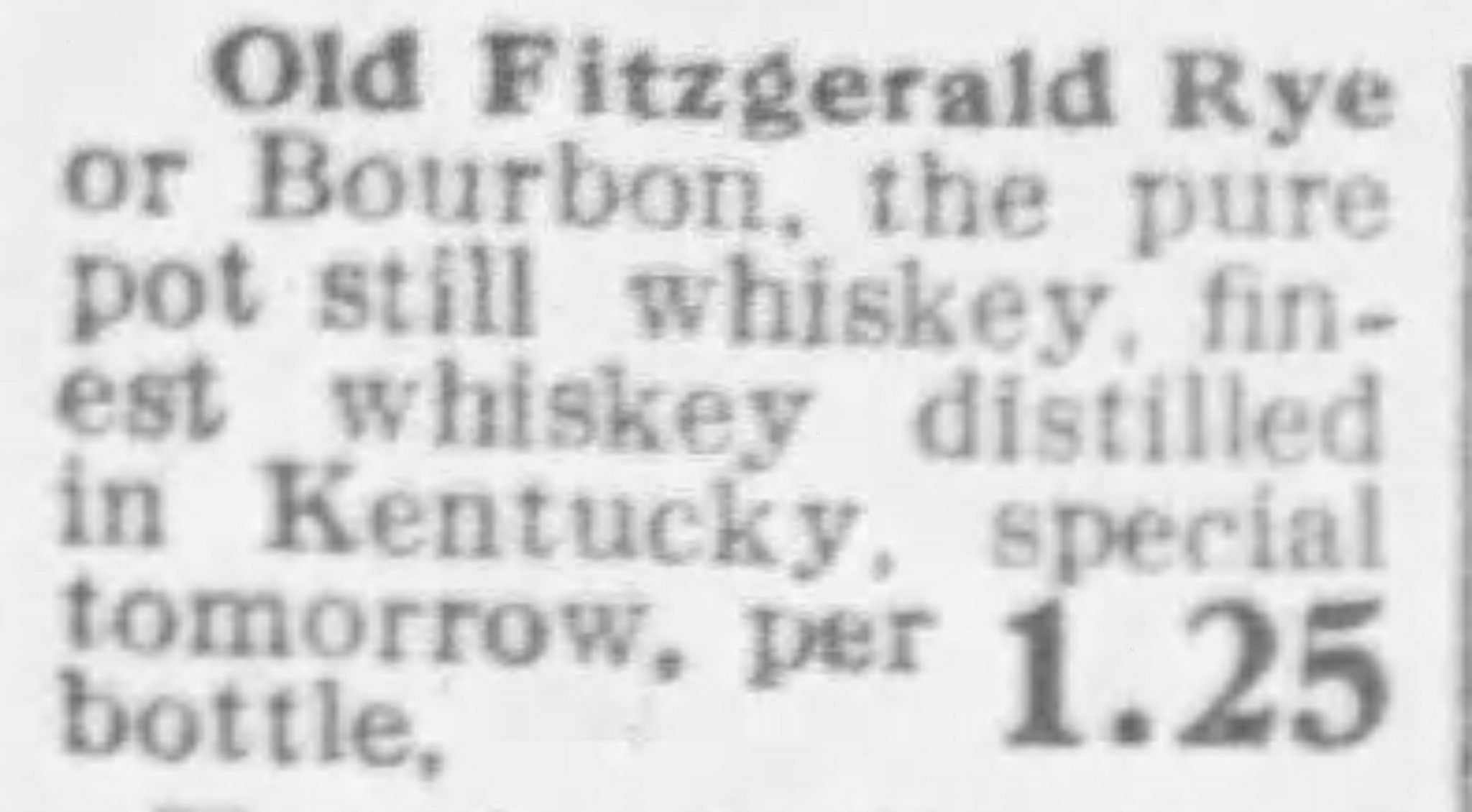
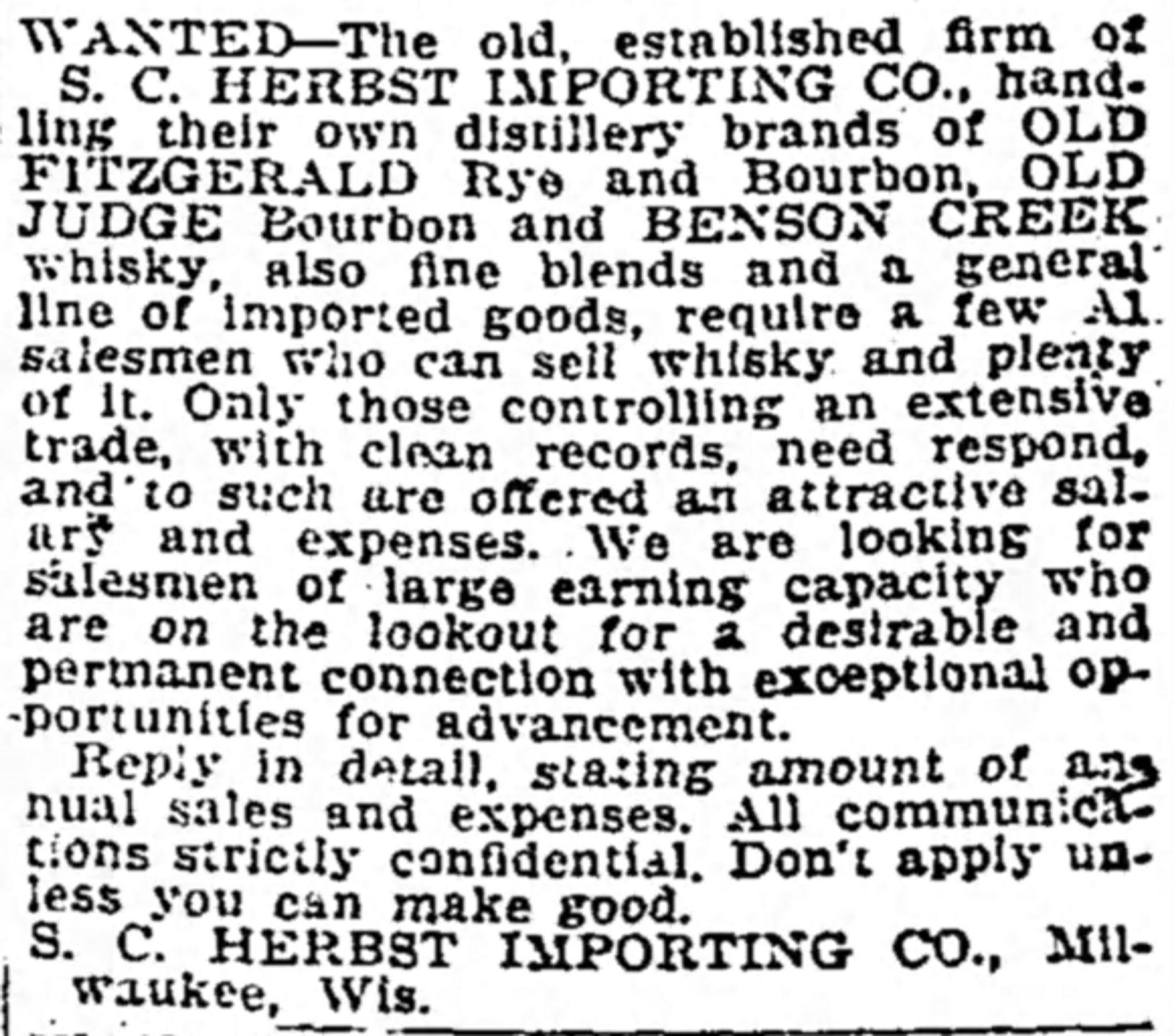
One other possibility for the brand has been suggested- another John E. Fitzgerald out of Milwaukee, Wisconsin where S.C. Herbst was based. This J.E. Fitzgerald was connected to the Fitzgerald family associated with shipbuilding- the family connected to the famous ship, the Edmund Fitzgerald which sunk in Lake Superior. There was no real connection to whiskey there, so I doubt that a son of more famous man would have been the inspiration behind a brand.
It is possible that the story of the Shufeldt Distillery somehow wove its way into Old Fitzgerald whiskey lore. The bribing of a gauger by a partner of the Whiskey Trust to blow up a distillery doesn’t really say, “Buy This Great Product” does it? But a sneaky gauger with a taste for hidden “Fitzgerald barrels” tucked away in a locked warehouse? That certainly has all the makings of a good story and speaks to the excellence of the whiskey in the bottles! When it comes to whiskey history, all too often the story of a brand is shrouded in lore. Meanwhile, the truth can be so much more interesting! I think this pre-Prohibition distiller deserves to have his name and story remembered, too. Don’t you agree?
